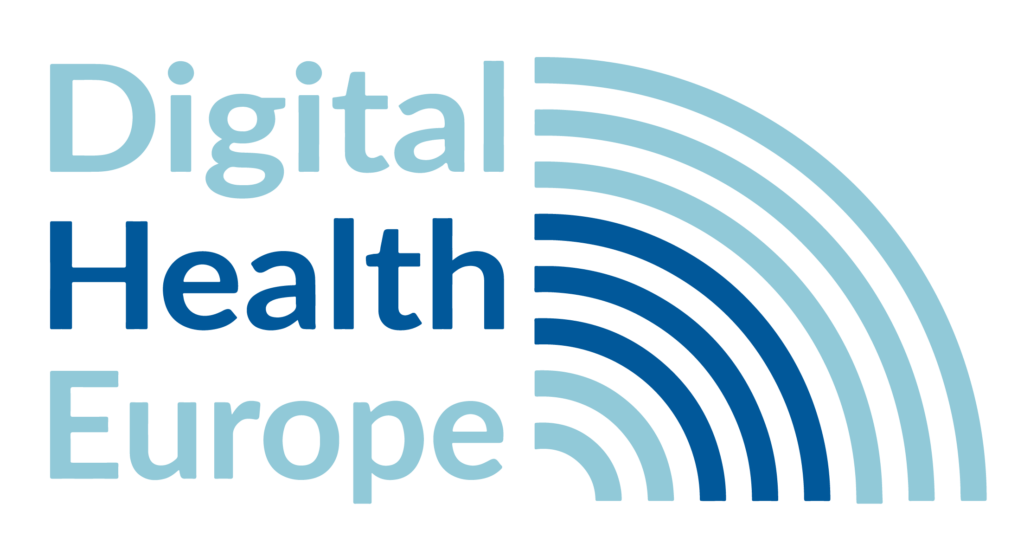Near half of the people with metastatic cancer have malignant pleural effusion (MPE). It leads to fluid accumulation in the chest cavity, causing significant shortness of breath and chest pain in patients undergoing palliative care. The DHE twinning eMPowEr aims to address the catheter-based treatment of MPE patients, as well as to maximise the time patients spend out of the hospital/clinic.
The key point in catheter treatment of MPE patients is when the health care professional decides whether to remove the patient’s catheter. This is usually done based on a threshold related to the amount of fluid the patient drains each time at home. Thus, clinicians often recommend that patients or their caregivers record each drainage volume (often in a written journal) so that clinicians can assess it at each clinic visit.
The digital solution eMPowEr is a catheter-based device for home use designed by the originator team to significantly simplify this task. Twinning has been a result of the fruitful cooperation between the National University of Galway (Ireland) as an originator and the Netherlands Cancer Institute, Antoni van Leeuwenhoek Hospital, Deventer Hospital (Netherlands) as adopters. In order to design a pilot optimally, researchers firstly ran several “discovery sessions” to identify the unmet needs in relation to treating MPE patients and establishing their requirements for a digital tool. Overall, partners collected feedback from five clinicians, eight carers and one patient. This gave the research team a very solid and robust base upon which to derive the app input requirements.

As a result, the experts were able to build a functioning smartphone app that involves the following features to assist the MPE patients:
• ‘Ready to Drain’ feature that helps patients to record their symptoms before and after drainage, as well as to log their drainage volume;
• ‘History’ feature that keeps a record of all the patient’s symptoms and drainage recordings and allows them to share this information with their doctor via email;
• ‘Photo’ feature that allows the patient to take a photo, primarily of their catheter exit site or of the fluid that has been drained, to be sent to their doctor;
• ‘Help’ feature that provides links to an instructional video on how to use and maintain the catheter and FAQs relating to catheter management.
This way, patients can manage their symptoms effectively and independently in a much easier and convenient way. The twinning is also of great value for clinicians to facilitate remote monitoring of each patient’s condition, thus, increasing person-centred care.
Although the twinning project is finished, the pilot app will be further assessed by patients and clinicians beyond this knowledge-exchange twinning activity for future optimisation.
